Tried and tested ways to help a rescue pet settle in
If you want to know how to help a rescue pet settle in, be sure to check out these top tips
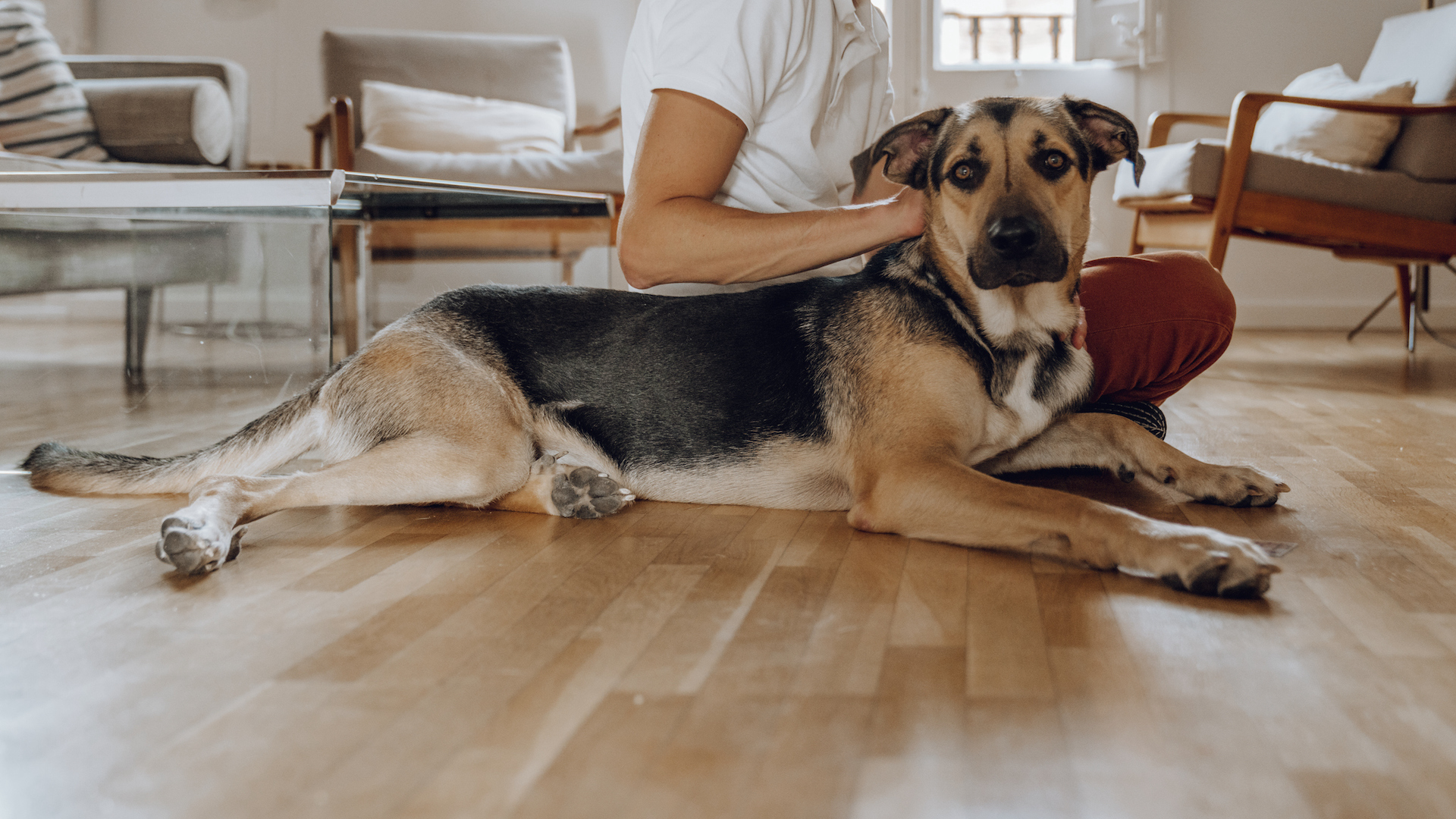
Knowing how to help a rescue pet settle in comes with preparation and practice – so being here means you’re already doing the right thing.
There are many reasons to foster a pet or adopt, though the path is not always smooth. Remember, your new best friend comes with their own history – whether it’s from a previous home or time spent in a shelter. So, while they may be excited to start their new life with you, they’ll likely need some time to adjust to their new surroundings.
Dogs and cats make up the bulk of pets needing new homes, with dogs topping the list. If you’ve raised a puppy or kitten before, you’re probably used to the challenges of settling a new dog into your home. But adult rescue animals can have different needs, and understanding that is key to a smoother transition. With patience and intuition, your new companion will be lounging comfortably and feeling at home before you know it.
Assuming you have acquired the pet either from a rescue shelter or directly from a home that can no longer keep him, always ask for as much history and background information as they can give. Whether it relates to previous trauma or his simple likes and dislikes, this will prove invaluable intelligence as you start to forge a new path together.
Here’s how to help your rescue pet settle in.
32 tips for welcoming a rescue into your home
1. Pet-proof your home
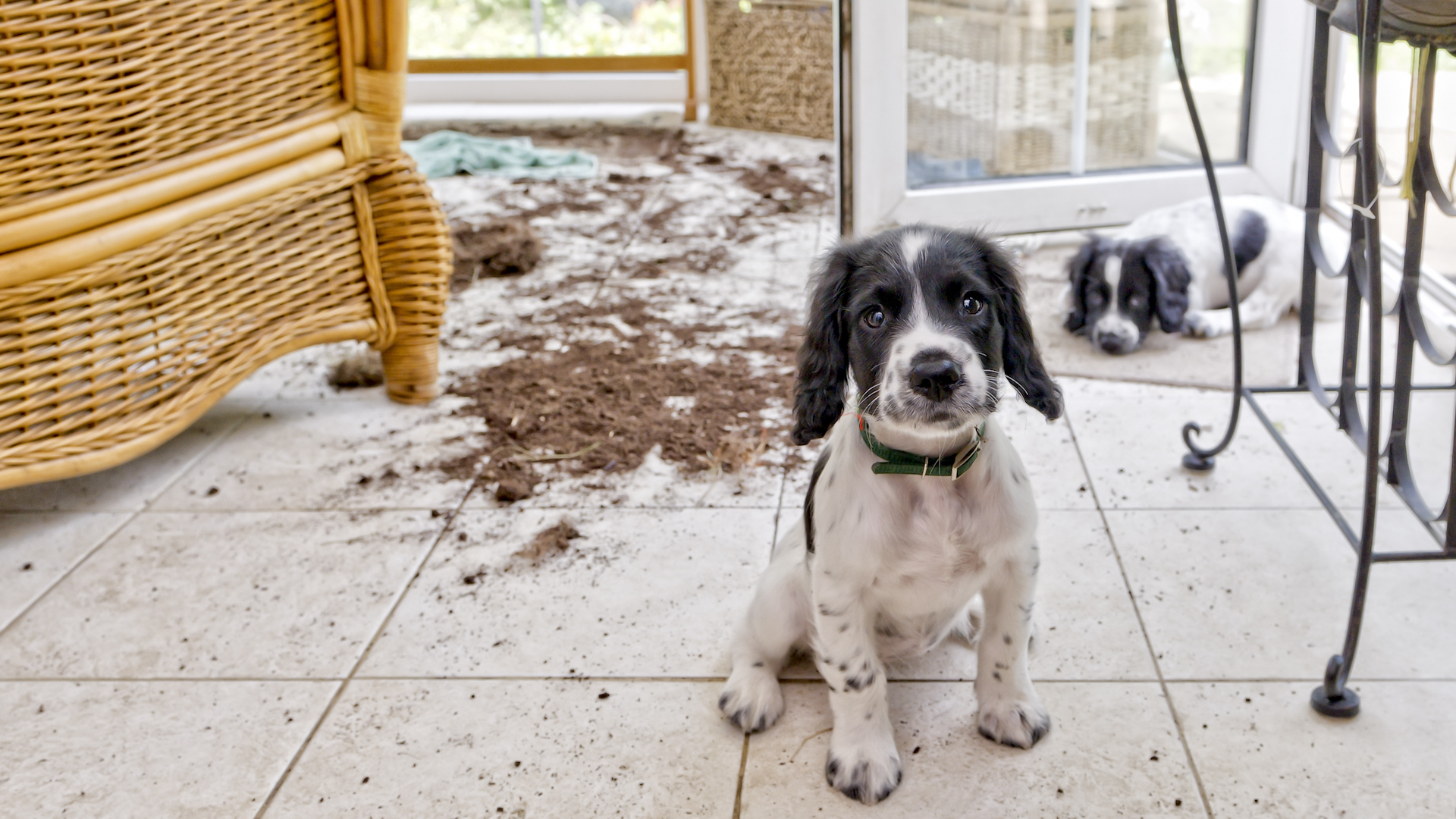
If you have other pets already, the chances are that your home is well set up for incoming animals. However, the resident pets are likely to be more settled and less prone to cause havoc. “Normal” household items that your own pets ignore may be unfamiliar and curious to rescue dogs.
You’ll need to remove hazards, such as toxic plants, electric wires, household chemicals, and bits and pieces that they might swallow. You may need to set up baby gates to prevent them from going into certain areas.
Get the best advice, tips and top tech for your beloved Pets
Meanwhile, you’ll also want to stock up before the animal arrives on all the necessities: collar, bowls, bed, leashes, toys, and so on.
Here’s more info on how to dog-proof your home.
2. Create a safe space
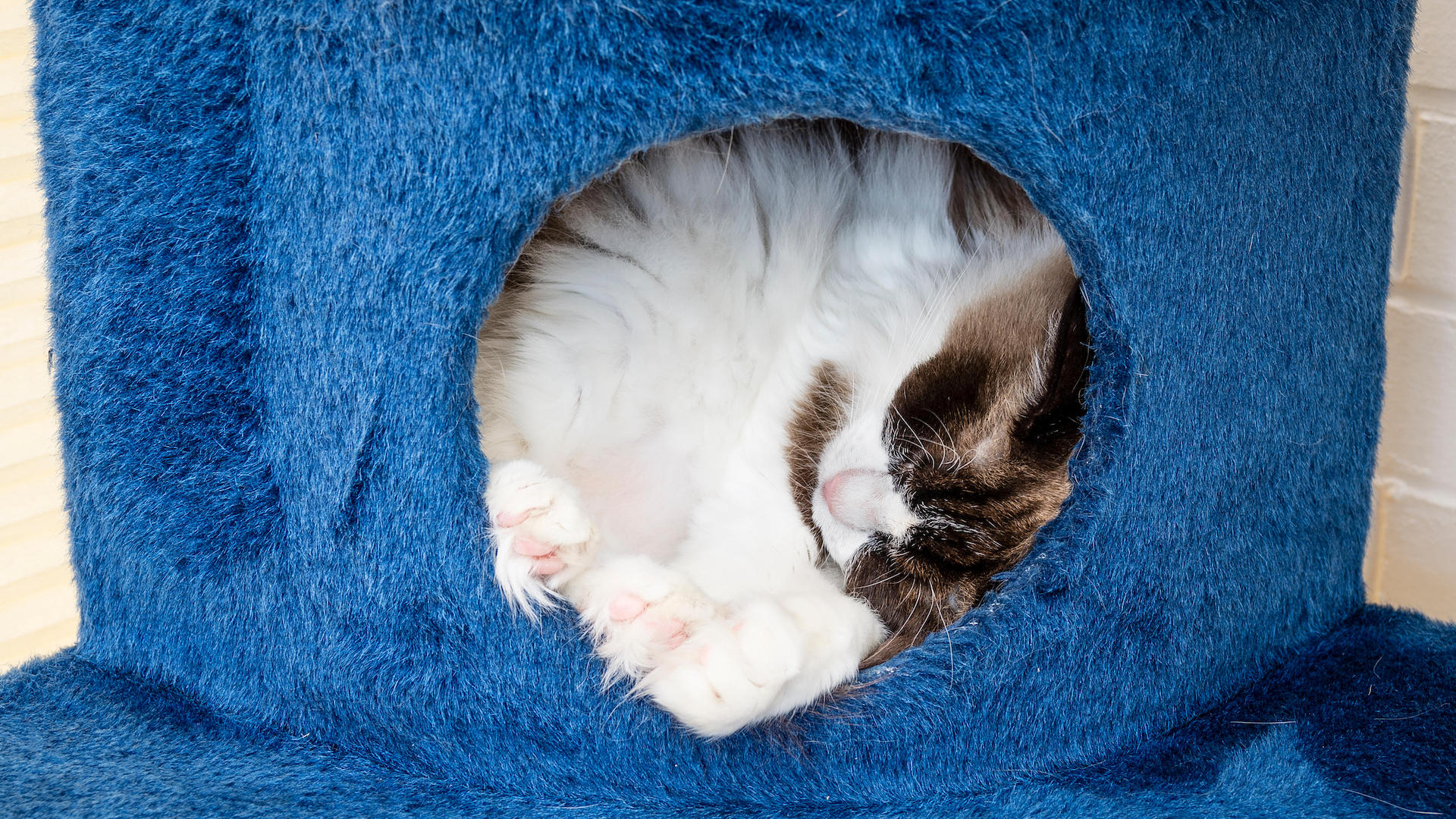
Your rescue pet will need a quiet area where it can feel safe, secure, and unchallenged. This should be somewhere peaceful, away from the common thoroughfares, that they can retreat to when they feel overwhelmed or just need their own space. It’s a good idea to put a comfy bed down there so that they will want to lie down, and to have it in a corner so they don’t feel the need to look around them constantly scanning for threats.
3. Check fencing
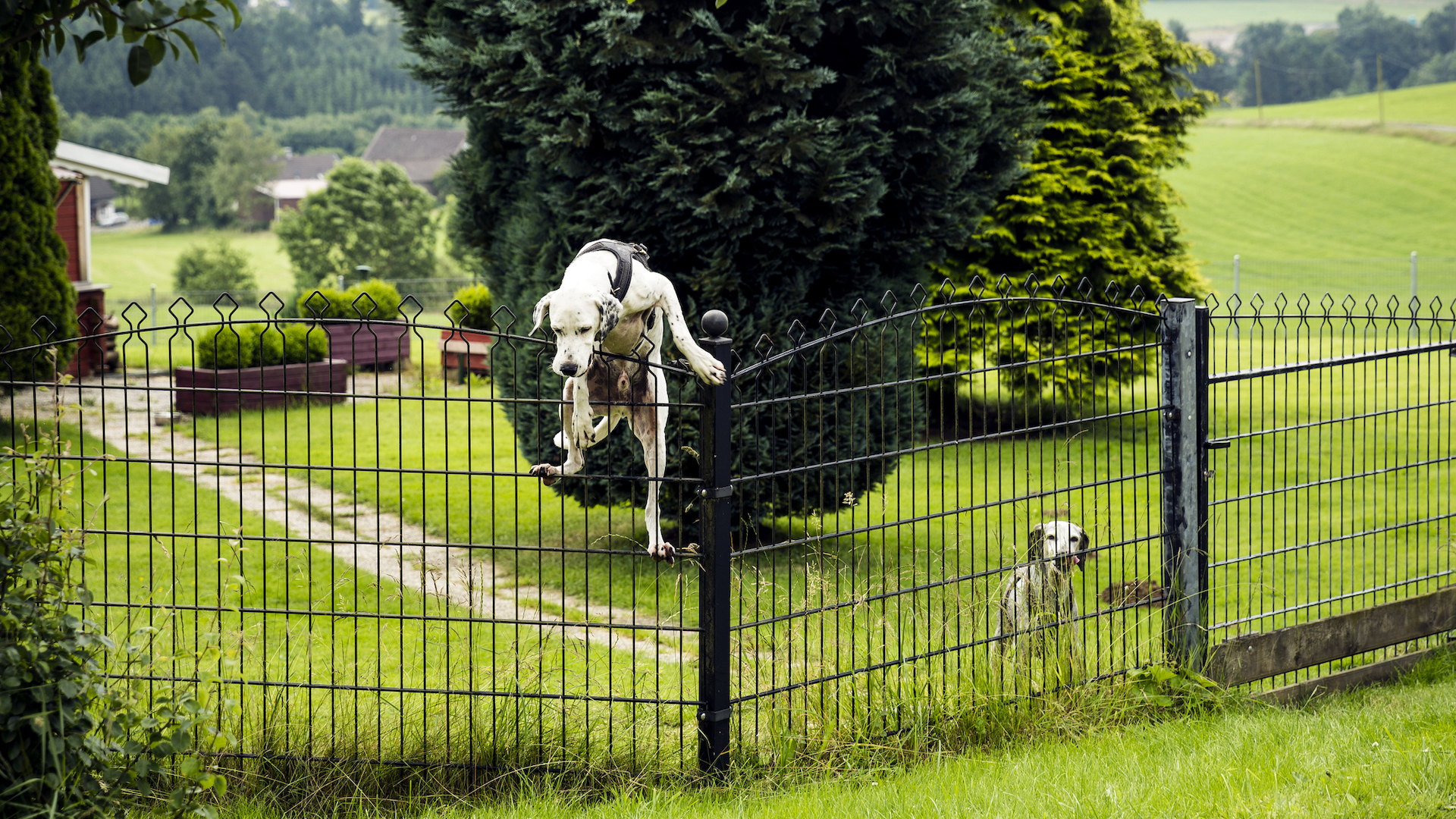
If your rescue pet has been a stray, he will have little concept of boundaries. He is bound to take time to trust you, and you don’t want him running off before you have established a relationship. Check your fencing is sufficiently high that he cannot jump over, nor dig under. Make sure there are no holes that he can sneak out of. In fact, many rescue shelters will not allow adopters to take on a dog unless they can prove their fencing is secure.
4. Secure trash cans and food

For many rescue cases, the trash can is their all-you-can-eat daily buffet restaurant. Just because you have put them in a safe home where their hunger will always be sated, doesn’t take that survival instinct away. Whether they spy food left on a counter, or a garbage bin with discarded food in it, they are going to help themselves. So you’ll need to be vigilant about keeping trash cans shut, and food well out of reach.
This is not only important for the practicality and cleanliness of your home, but it’s a safety issue too, as many foods suitable for human consumption are toxic to dogs for example and there are many foods that dogs should not eat.
5. Allow adjustment time

Like any new relationship, it’s going to take time to build mutual trust. Your new rescue pet will need to adjust to his new environment and routine. Don’t expect an immediate bond and for the animal to behave like it’s been in your loving home all its life. There may be lingering memories of past traumas, so be sensitive and don’t overwhelm him.
6. Practice positive reinforcement
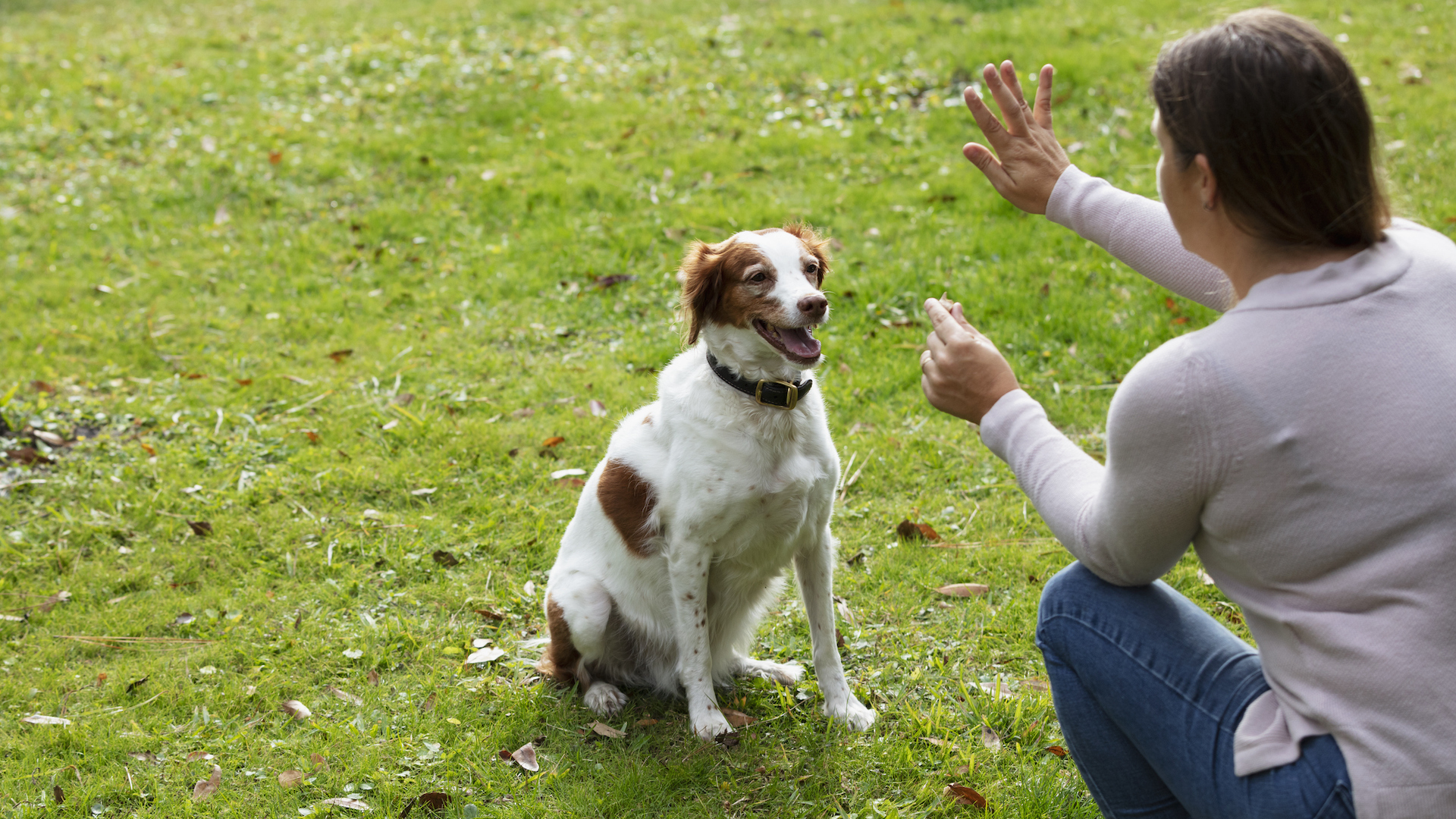
Reward good behavior with treats, praise, and affection so that your new pet quickly understands what is right in their new home, creating positive associations. Bear in mind that they may have previously been trained via other, less positive, methods, so leaving a happy feeling after a training session is crucial.
We’ve got more info here if you’d like to swot up on positive reinforcement for dogs.
7. Keep a calm aura

Many rescue pets have been in some challenging situations, with shouting, abuse, and anger. Always keep a calm and quiet mood around your new pet, speaking softly and gently to help them understand that there is no reason to be scared anymore. It is vital to nurture a peaceful environment for them to settle in well.
8. Respect personal space

Don’t force your new pet to interact if he doesn’t want to, but allow him to retreat to his personal space. Sometimes they will have reactions due to past trauma and you need to give them time and space to deal with it.
You’re bound to want to give your pet cuddles, but don’t be surprised if they are shy and wary – you are a new person, and humans may not have proved trustworthy in the past. Don’t fuss over them; instead, just be a consistent and gentle presence.
9. Encourage exploration on their terms
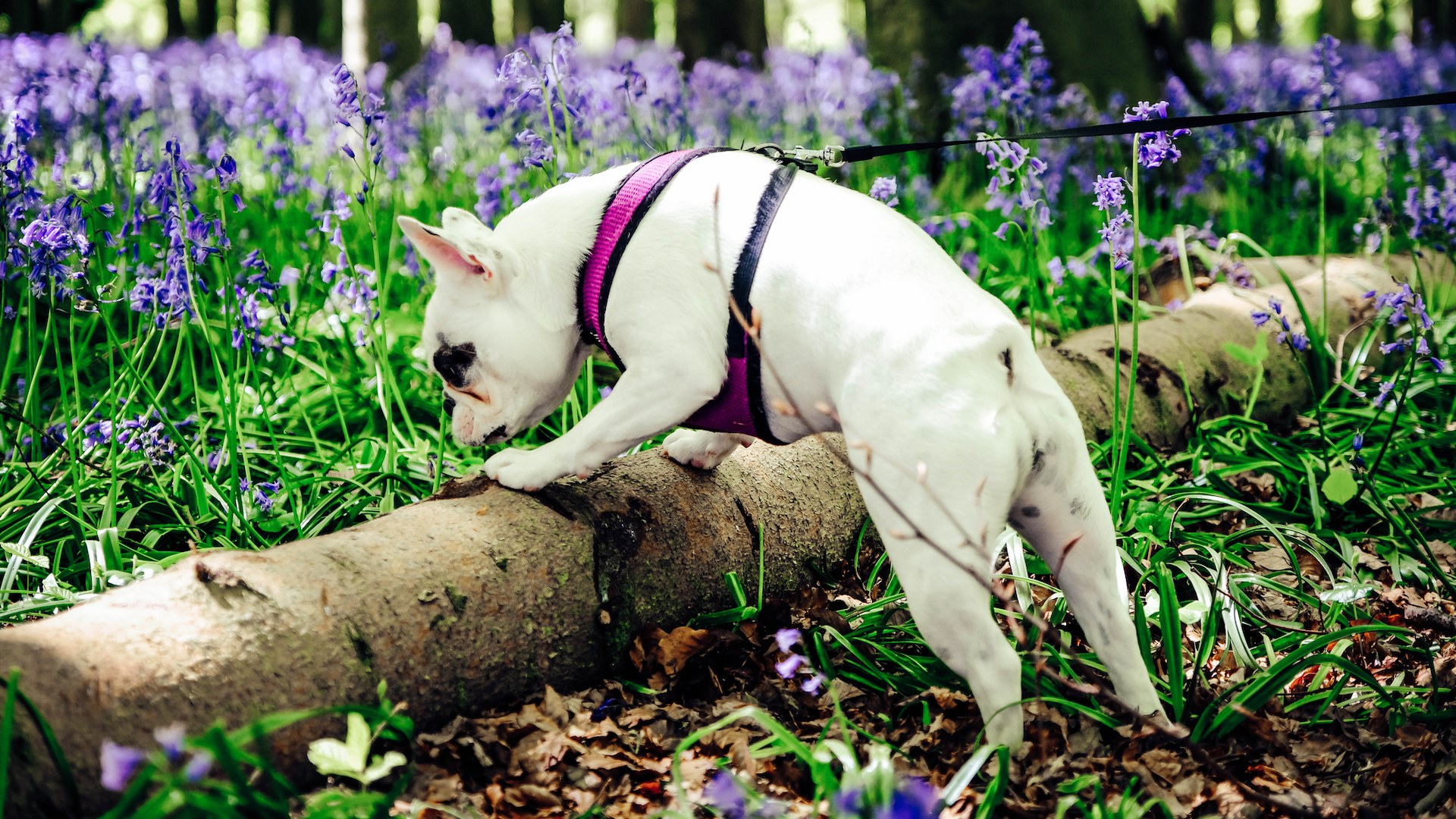
Initially, your new pet may be wary of venturing far out of his den area – and you may want to limit him to one room to start with – but gradually he should become more curious about his new surroundings. Of course, you must show him where to go to the bathroom and where to find water.
As you start to venture further afield, out on walks, and so on, let him explore on his terms, and don’t force him to go anywhere he doesn’t want to.
10. Water availability

Always make sure that there is fresh water available for your pet, and that he knows where to find it. Remember, he may have been deprived of food or water in the past. Cats love to drink from faucets (and it’s fun for them with the moving water) – but always make sure they have their own dedicated source as well. Check out our guide to the best pet water fountains.
11. Establish routine
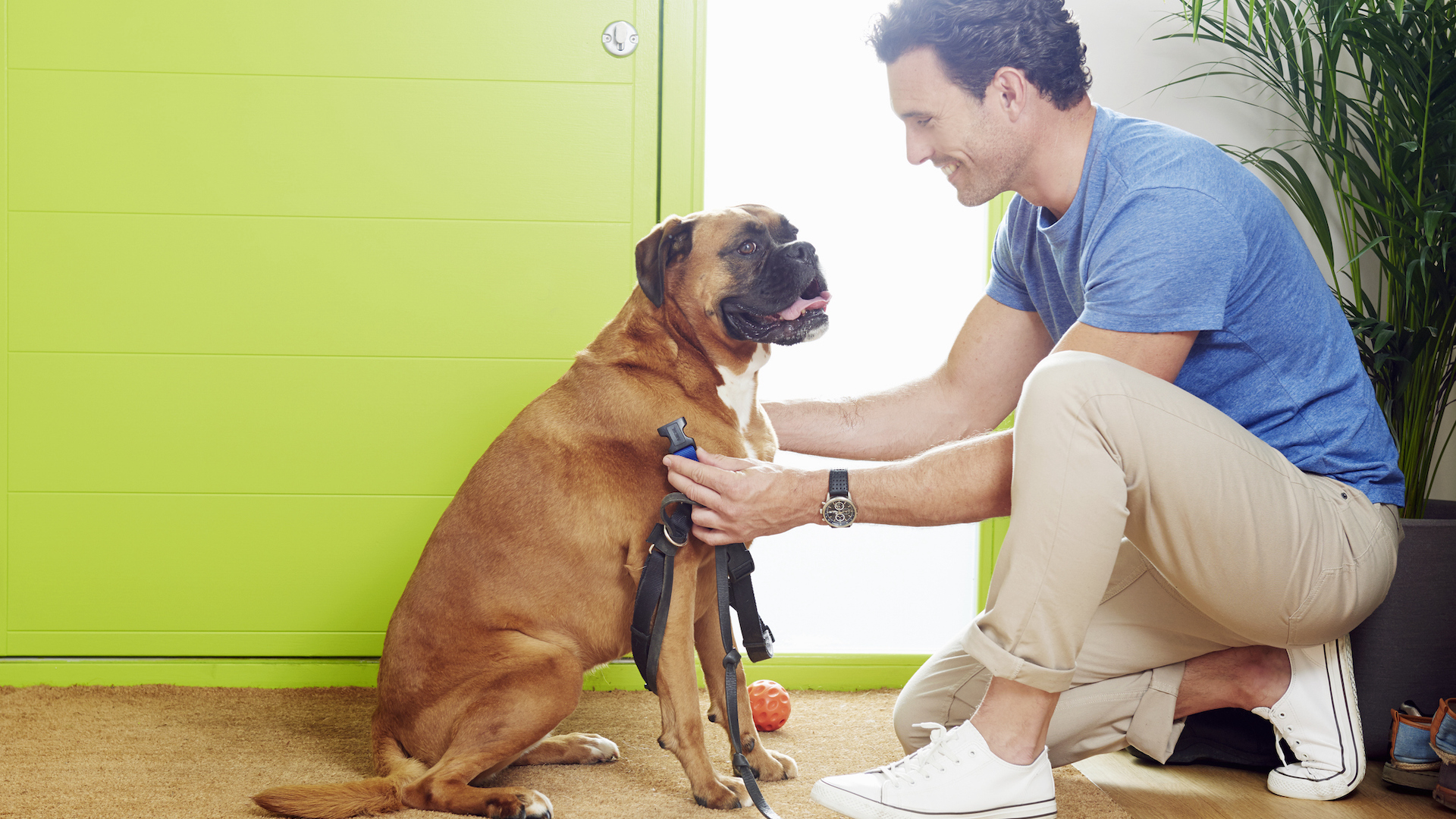
Routine is a very settling thing for any animal. They like regular meals, bathroom breaks, and exercise, and will be looking to you to provide it. They may have come directly from a shelter with set hours, or have had no routine at all in their recent past, but providing a structure from the outset will make the transition much smoother. On the other hand, an adult pet may already have quite a set routine and preferences, so try to work out how you can compromise to make him feel at home.
Bear in mind that the excitement and nerves about coming to a new home mean accidents are almost inevitable. The pet may just be anxious, scared, or not quite know where to go to the bathroom. Don’t punish or get cross, but do gently correct the behavior, rewarding them when they go to the right place so that accidents don’t become a habit.
12. What’s in a name?
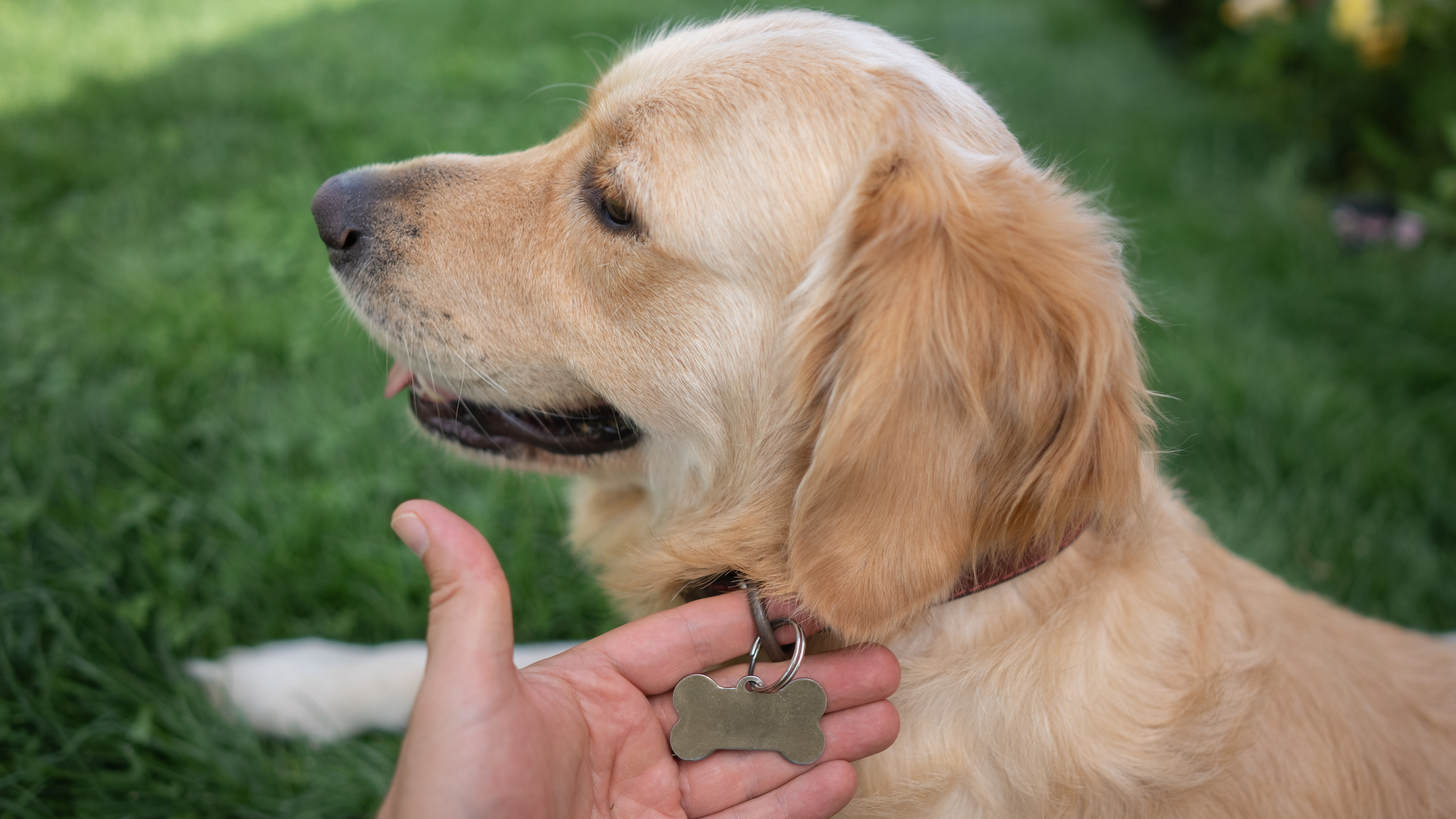
Many rescue pets come with a name already, but if they don’t, decide quickly what you are going to call them. Keep using their name to help them grow accustomed to it and when you say it, they should listen to you.
13. One-on-one time

The best way to bond with your new pet is to spend time together. The first few days when the rescue animal arrives are likely to be the hardest. They may want to hide and not interact while they try to work out if these new people can be trusted at all. Make sure you are around – you may need to take time off work or work remotely to ensure you are a constant presence – but don’t fuss over them while they settle in.
Play enrichment games, with treats and plenty of verbal and physical praise, to help them associate you with positive emotions.
14. Go slow
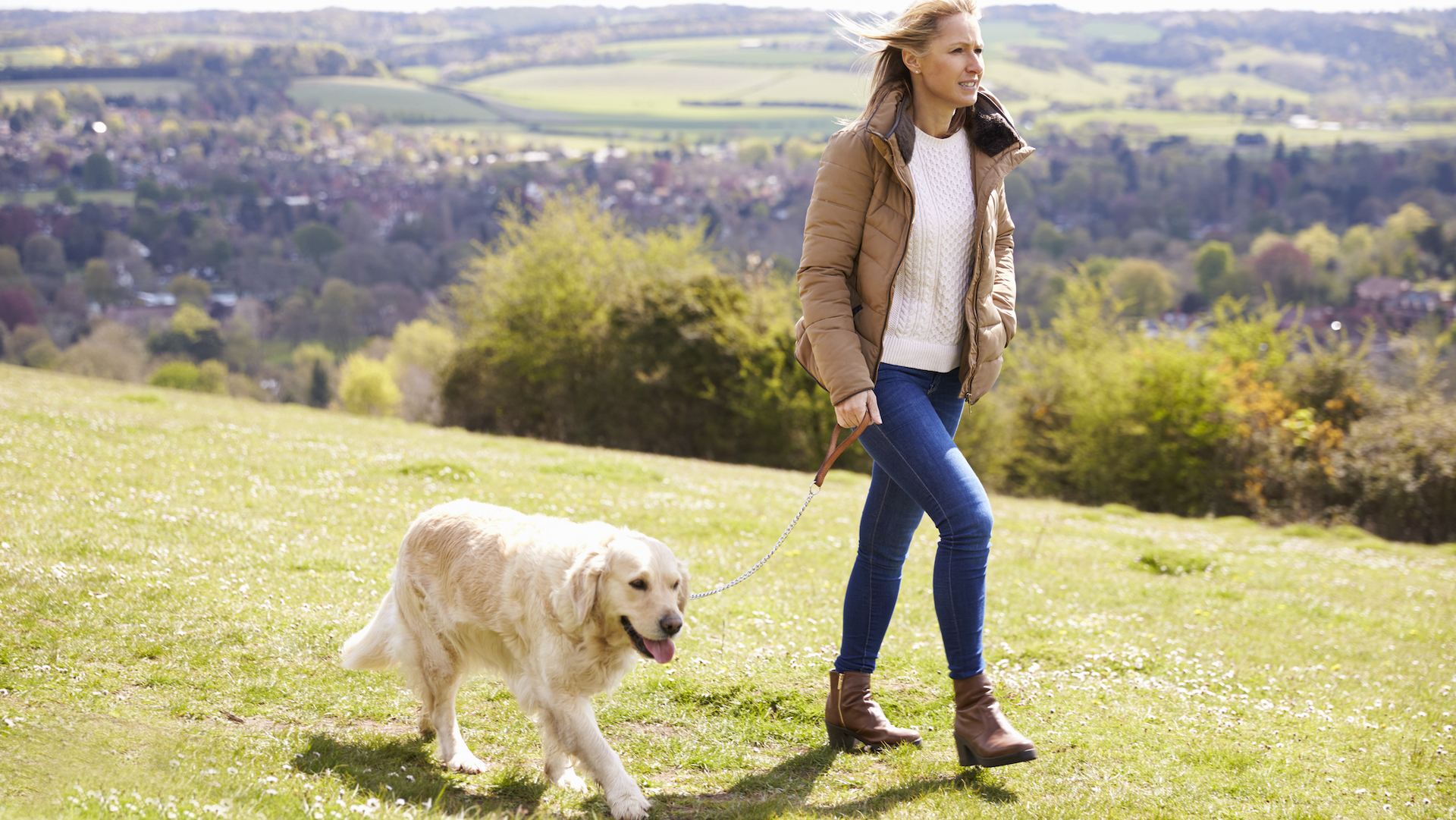
To help your new rescue pet relax, you need to go at their pace, not yours. Allow them to spend time peacefully in their den area and in the home without disruptions. When you go out on walks, make them short and sweet initially, leaving the dog wanting more and feeling unthreatened by the adventure. Repeat the same routes a few times to start to instill feelings of familiarity.
15. Leash work indoors
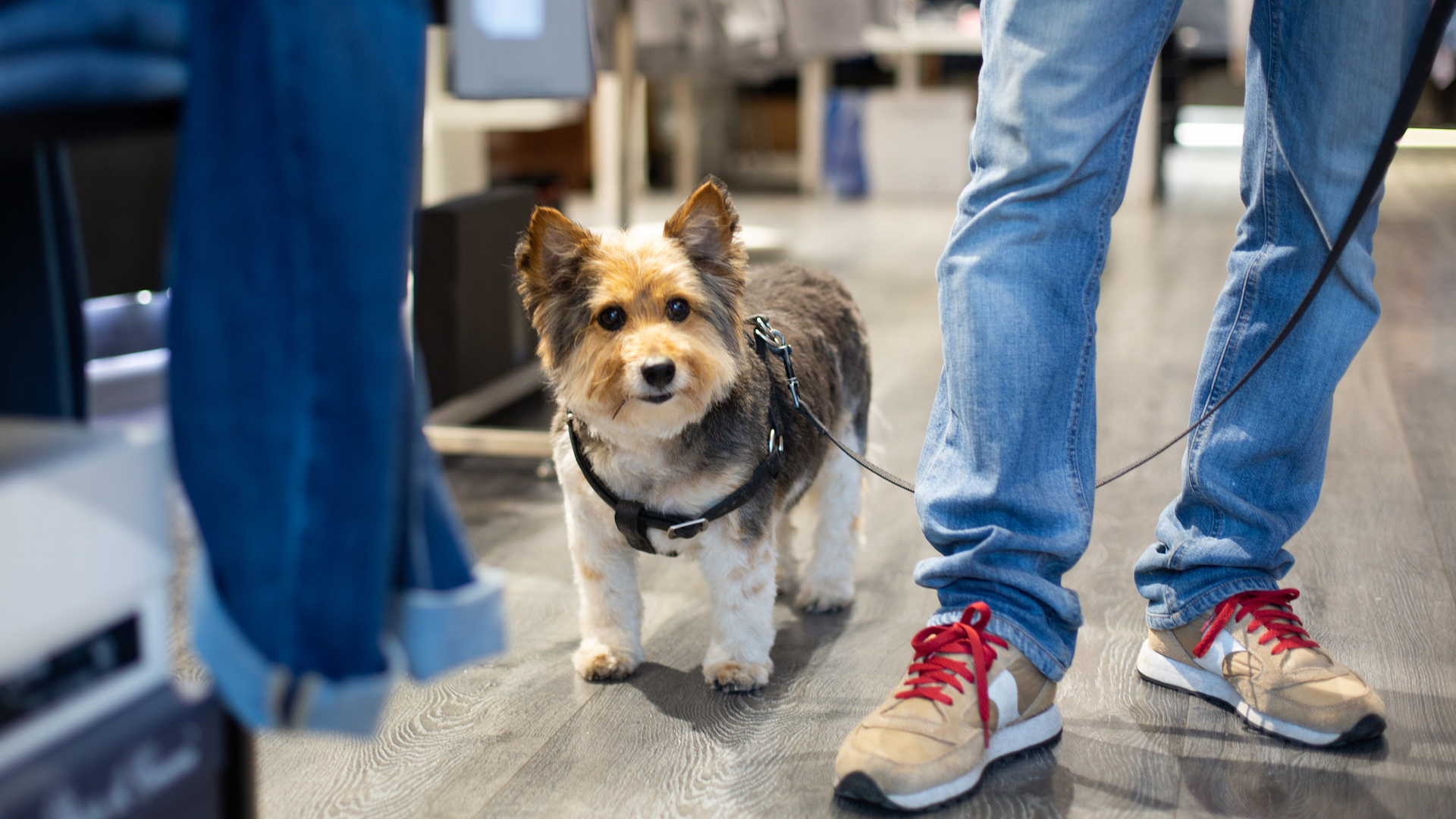
Before you head out into the big wide world together, practice putting on the leash and doing some training sessions at home. Outdoors there will be plenty of distractions, smells, and possibly perceived threats, so it’s best to get used to the leash in the increasingly familiar environment of the home.
16. Patience is a virtue

What’s been the most stressful time in your life? Divorce? Moving house? A new career? Whatever situation your rescue pet has come from, moving to a new family is a huge disruption to their world. They may even have come from a situation of abuse or neglect. Be patient and understanding, recognizing that the first few days and weeks are likely to feel intimidating for them.
They are also likely to have to learn a new set of house rules, depending on their previous home. For instance, they may have been allowed to sleep on the sofa or go upstairs, and you don’t want them to do so. They may not have been house-trained. It’s your job to help teach them the expectations of their new home, with gentleness, respect, and kindness.
17. Positive crate training
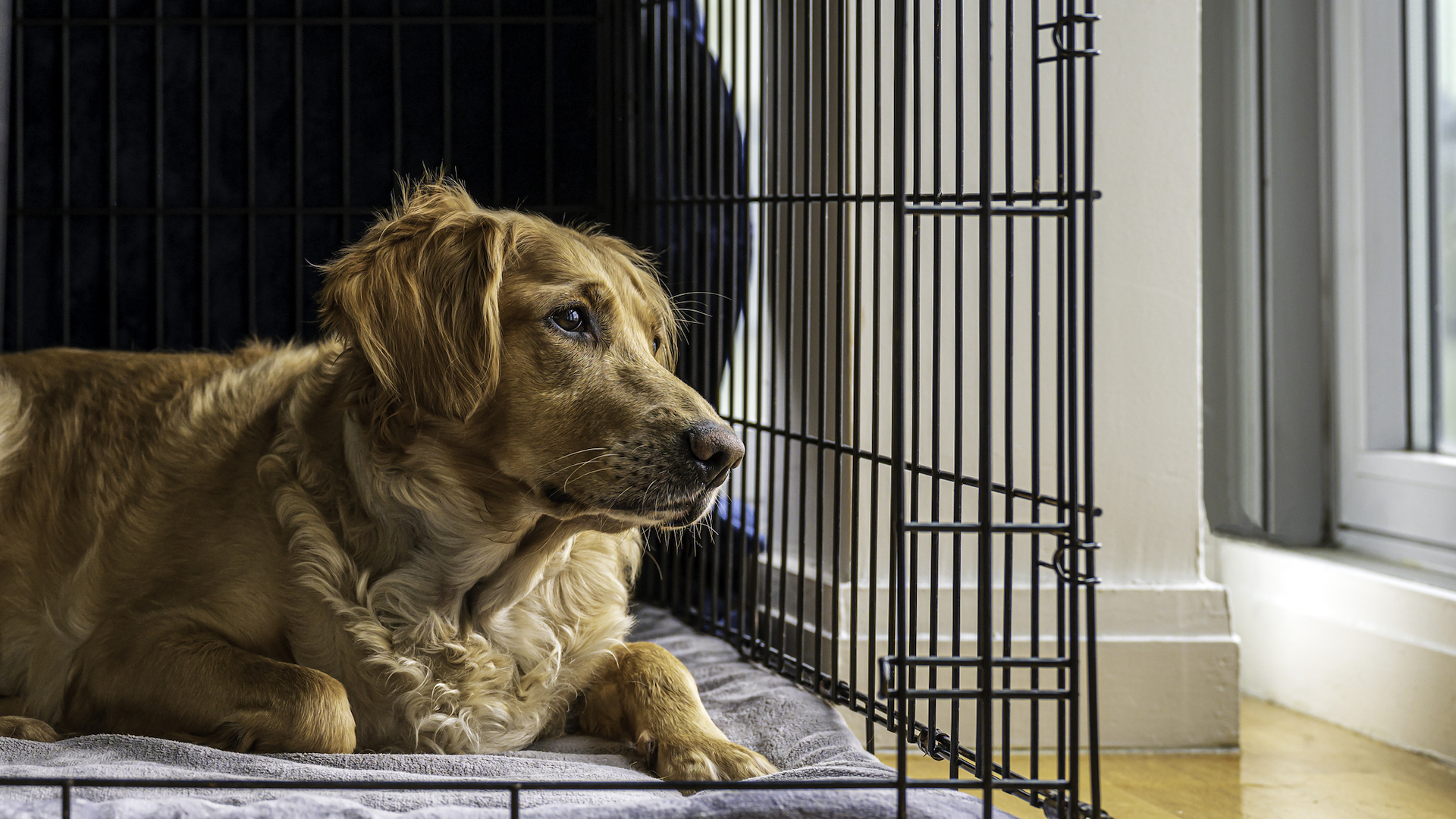
Crates – or indoor kennels – are a really useful piece of kit. They give a pet their own den, where they can retreat whenever they want, and also give you the option to confine them when necessary – for example when there are small children around, for both parties’ safety. It’s also a handy tool for travel and toilet training.
Training a dog to use a crate should always be done positively so that it is viewed as a safe haven and never a punishment. Read up on tips on how to crate-train a dog and how to get a cat to use a litter box to help you feel even more prepared.
18. Regular grooming

Grooming is not just about keeping your pet clean and tidy. There are also health implications – brushing teeth and clipping nails are vital for both comfort and hygiene. But just as importantly, regular grooming sessions with one of the best cat brushes or one of the best dog brushes help build the human-animal bond, as the pet learns to accept your hands on them, that it won’t hurt and you want to spend time with them.
Added bonus: you’ll find it easy to spot any lumps or bumps, and monitor a healthy weight.
19. Keep visitors to a minimum

Friends and family are liable to flock to your home, longing to meet the new addition and fuss over them. However, this can be overwhelming – particularly if the pet has suffered either abuse or neglect and will be struggling with new relationships.
Try to keep a calm and quiet atmosphere for the first few days and weeks, to build confidence and trust in you, before inviting friends over – preferably singly – to start getting the animal used to new human visitors.
20. Controlled socialization
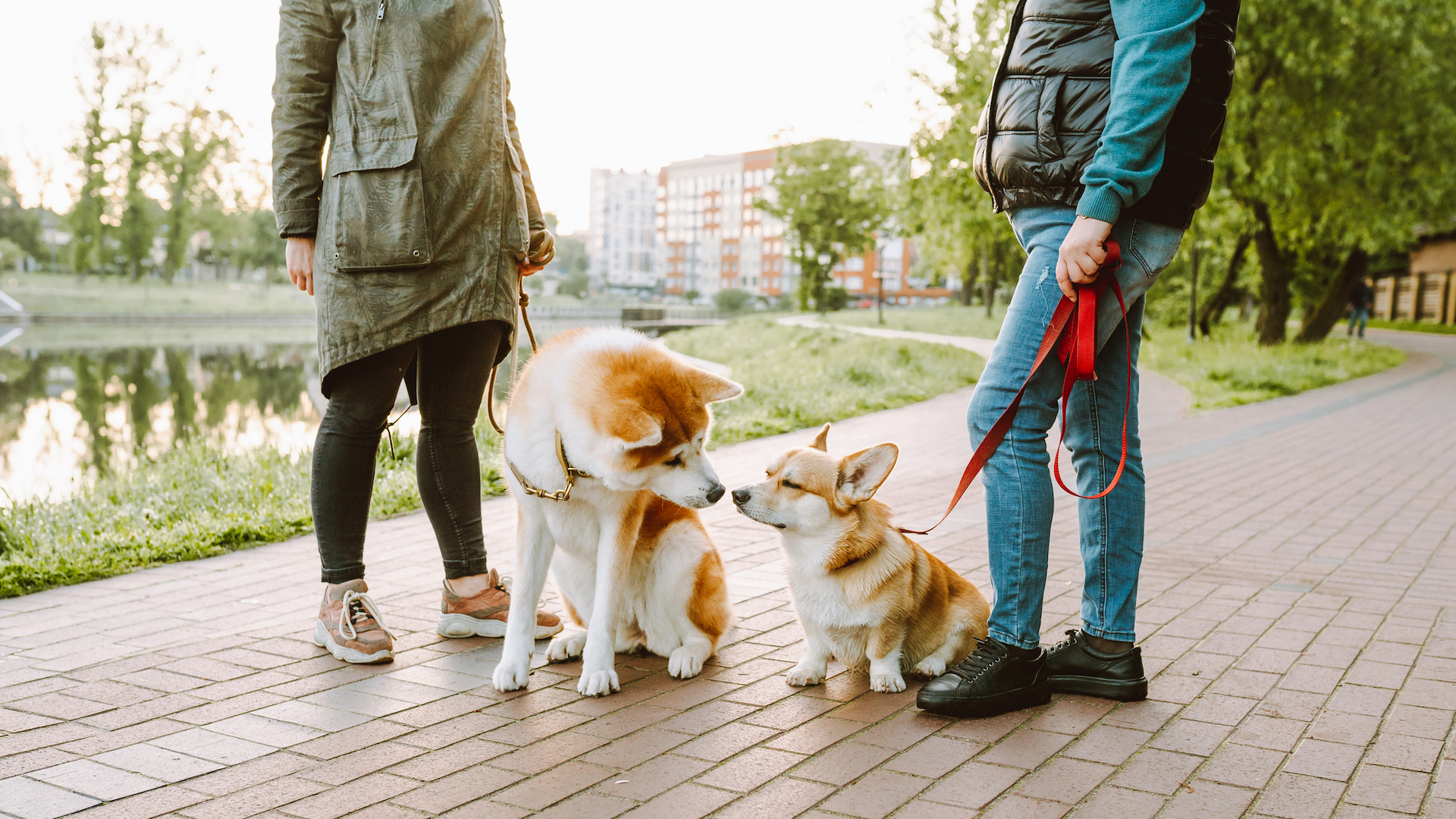
You are unlikely to have much idea how your rescue pet will respond to meeting strange dogs, so it’s important to orchestrate first encounters on your terms. Arrange to meet up with a friendly dog, with an experienced handler, on neutral territory. Have both dogs leashed and allow them to go through the usual canine greetings, assessing both dogs’ body language all the time. This will give you a good foundation for when you meet other new dogs.
21. Enrichment activities

Rescue pets have often developed some behavioral problems due to neglect or abuse. You’ll want to provide plenty of enrichment to distract them from falling into bad habits, such as destructive tendencies, nuisance barking and whining, or digging. Keep their brains mentally stimulated by setting them challenges, such as scent work, hide the treat, the best snuffle mats for dogs, and the best puzzle games for cats.
22. Vet visit
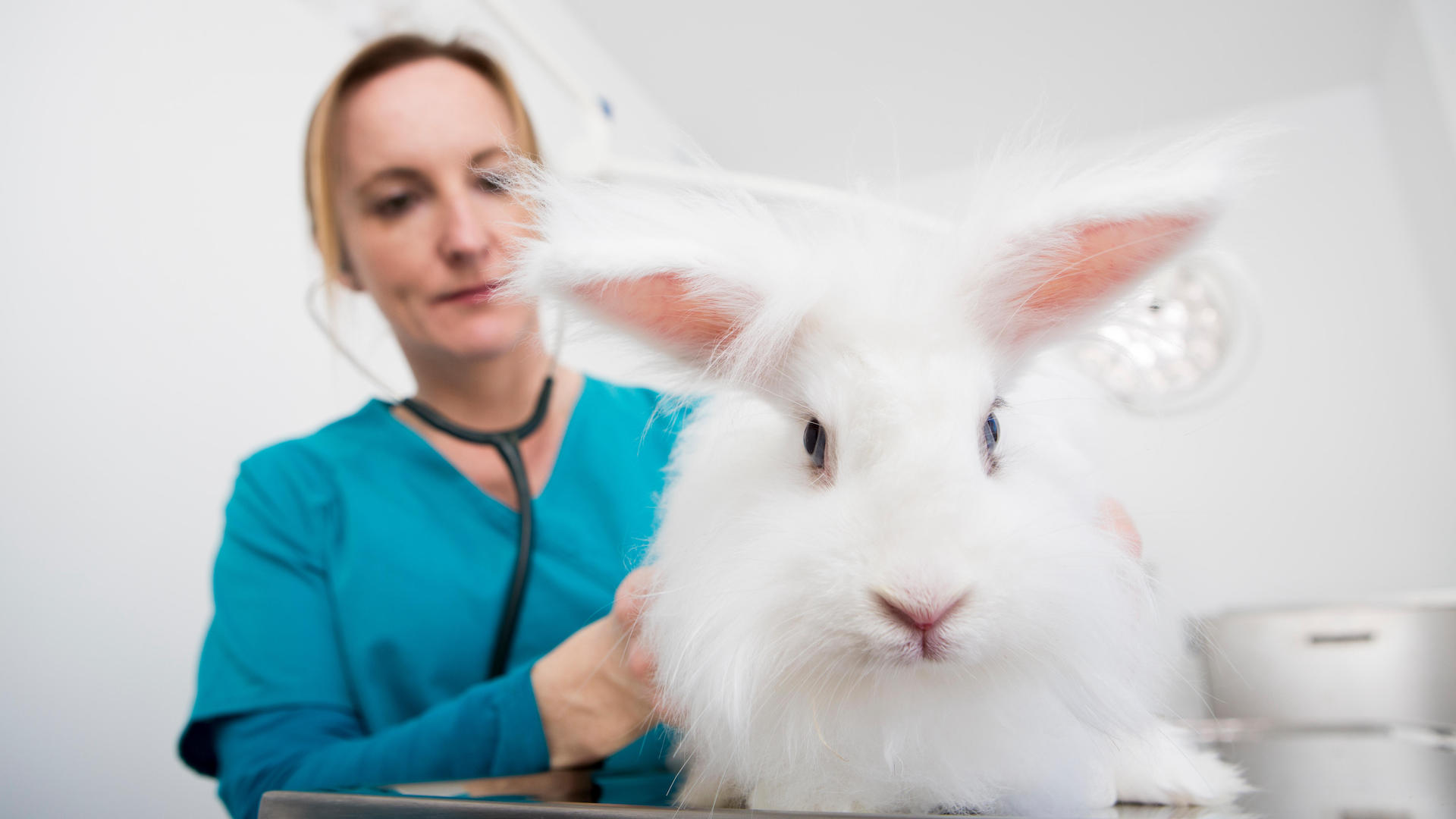
Even before your new pet arrives, you should book in with a recommended local vet, to register them and organise an overall health check. The previous home or shelter may be able to give you the animal’s medical history – or it may come with a blank sheet. Your vet will be able to advise on any existing conditions, dental hygiene, age, and diet.
23. Vaccinations
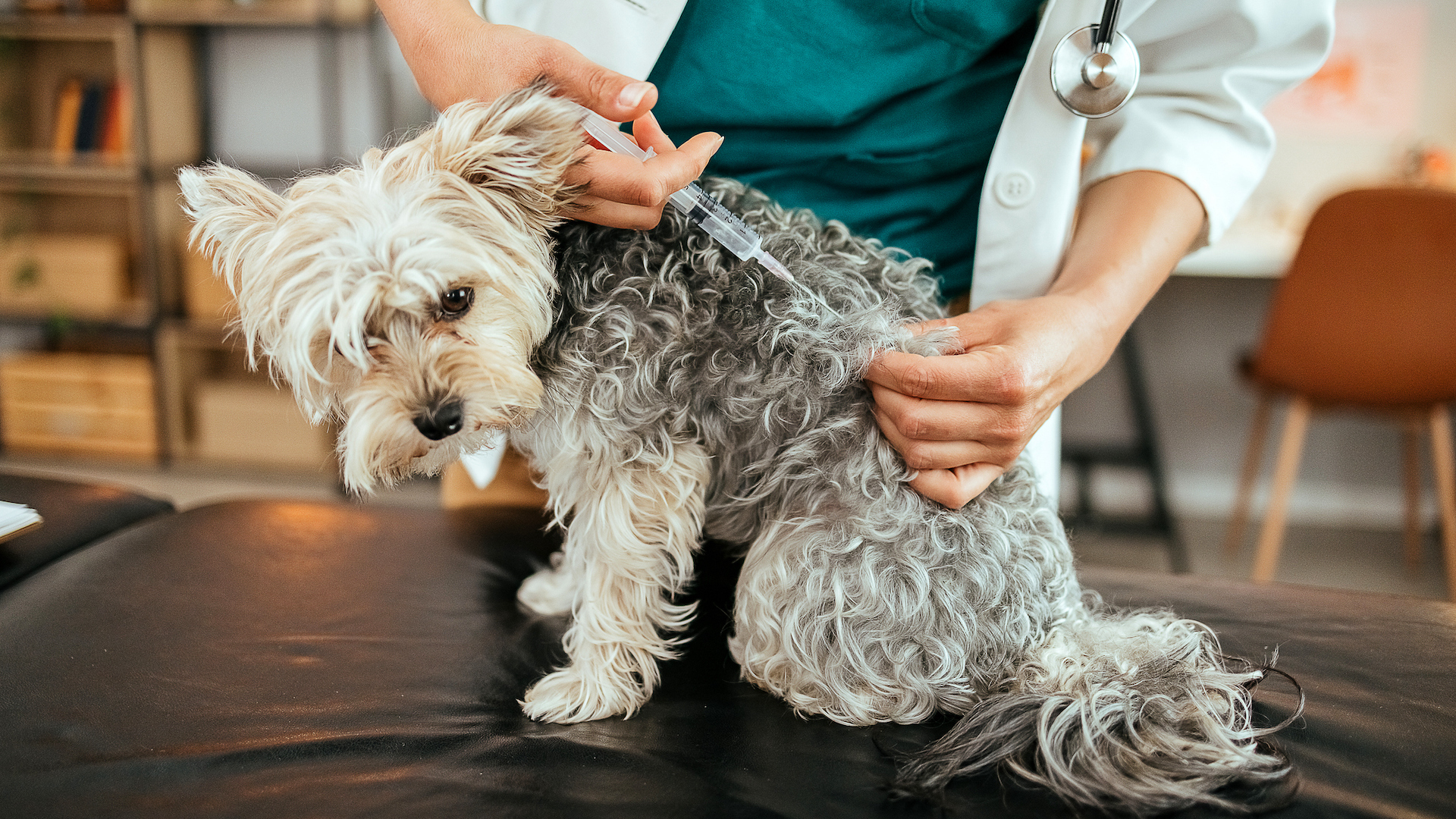
If your dog has come from a rescue center, it may well already have had its vaccinations. Check the schedule, and book the next set with the vet so that you stay on course and keep your new pet free from nasty preventable diseases.
24. Monitor weight and diet
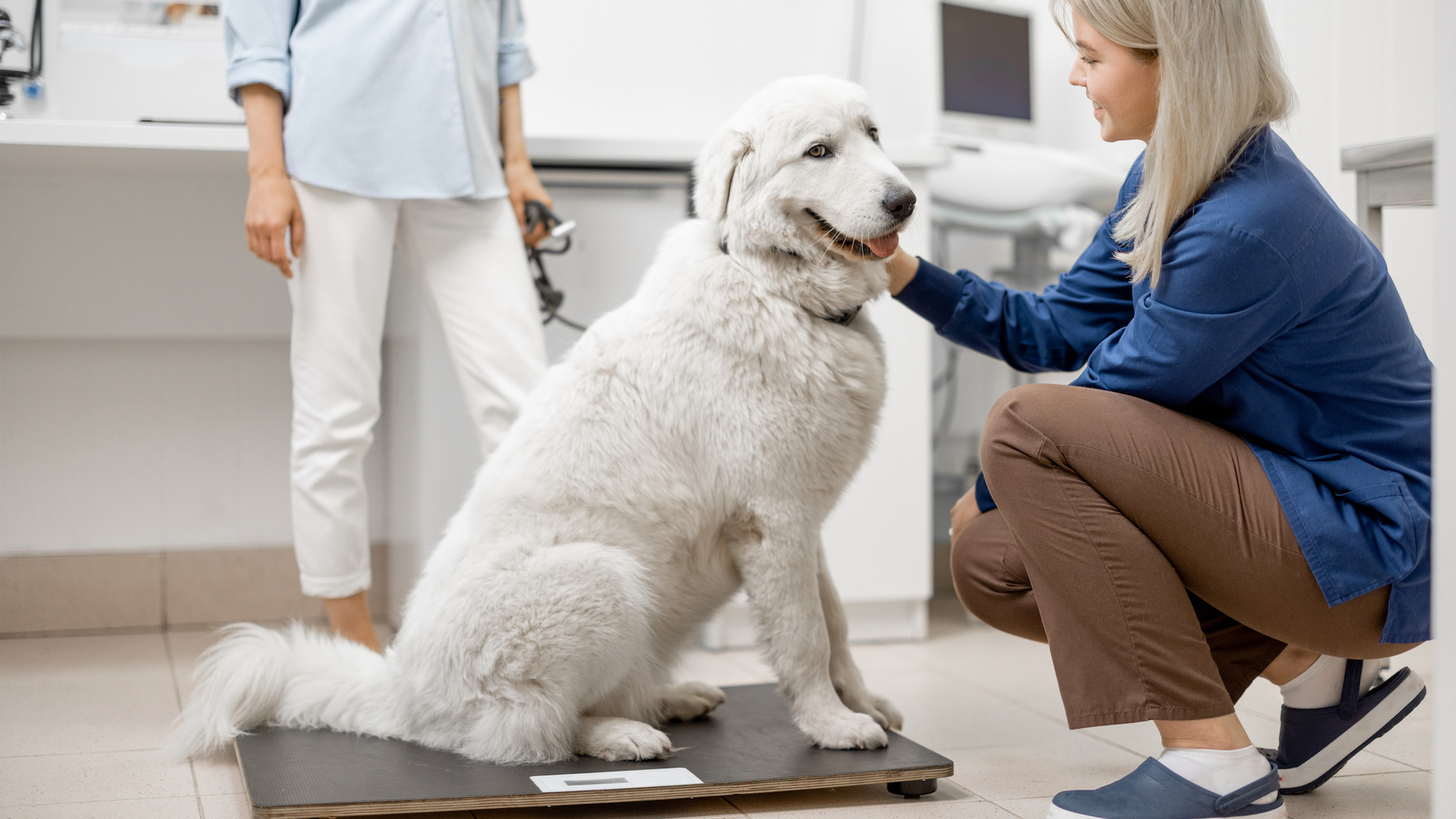
Obesity and malnourishment are both signs of neglect, and both have associated issues that can cause further harm. Weigh your new pet, and take weekly or monthly photos as a visual check to make sure that you are maintaining a healthy weight. Ask your vet for advice on diet if you have any concerns.
25. Microchipping
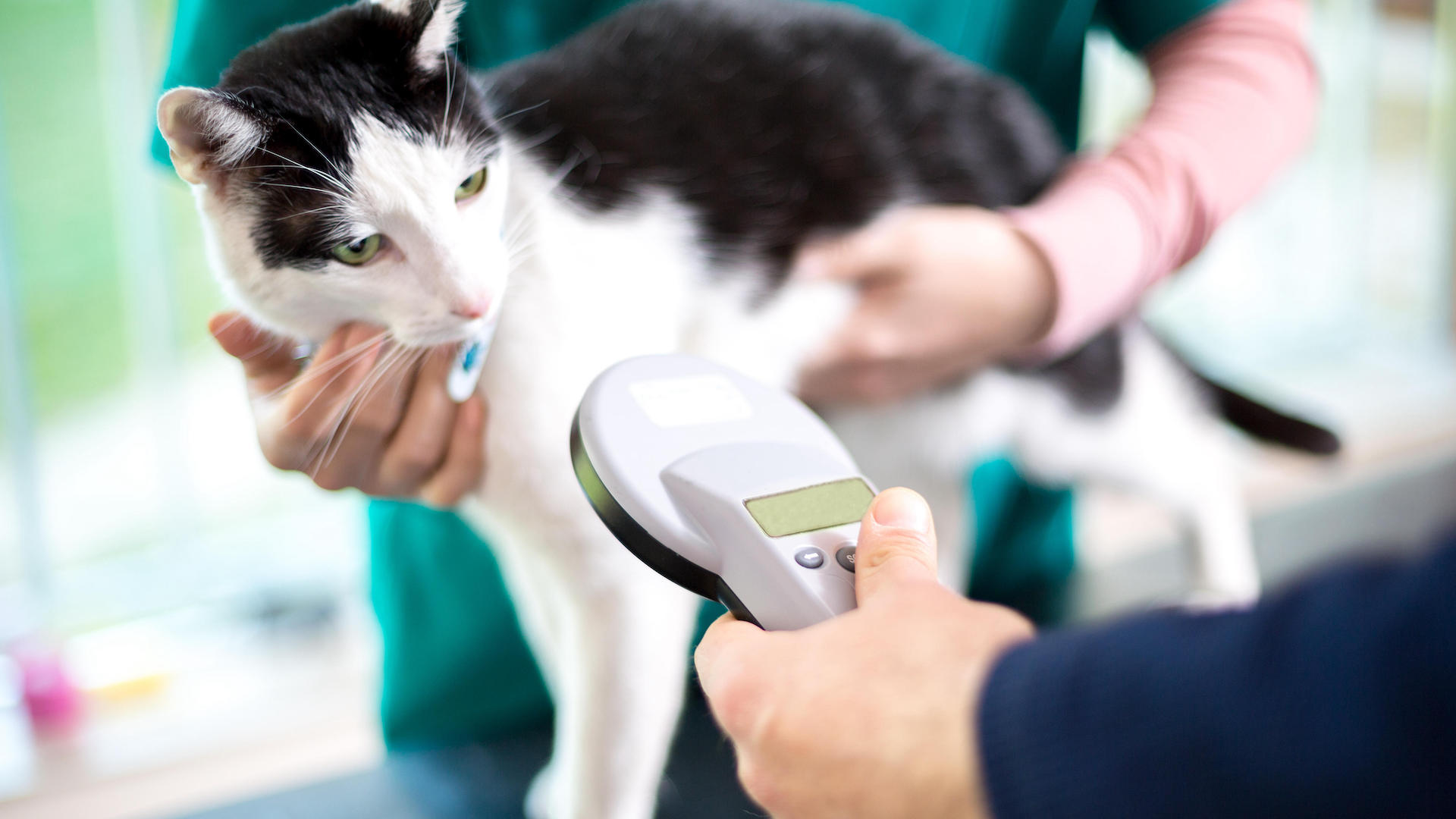
In many countries, or states, microchipping certain pets is a legal requirement – and regardless of the law, it’s important. It gives you the best chance of being reunited with your pet if they get lost or stolen. Collars and tags can be removed or fall off, but the microchip under the skin is a permanent identifying feature.
If your pet does not currently have a microchip, book him in. Otherwise, make sure the vet has scanned it and it matches any paperwork.
26. Be alert to stress signals
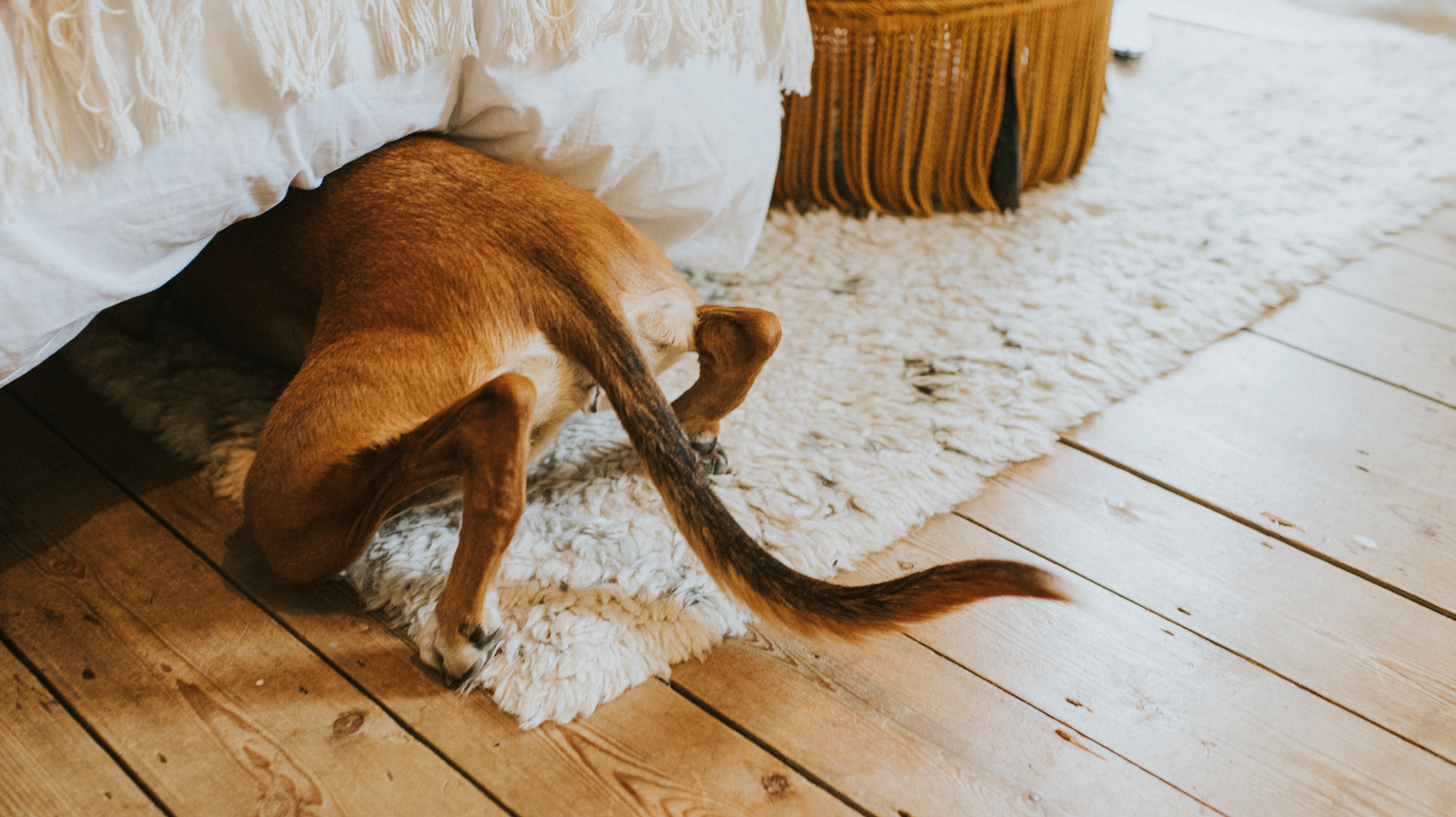
With all animals, we humans have to develop a new language of understanding. As they cannot talk, we need to be able to read their body language. And when it comes to rescue pets, we have to be hyper-alert to their emotions and signals. Listen to what they are trying to tell us, watch out for signs of stress or fear, hiding, loss of appetite – and respond accordingly.
27. Exercise plan
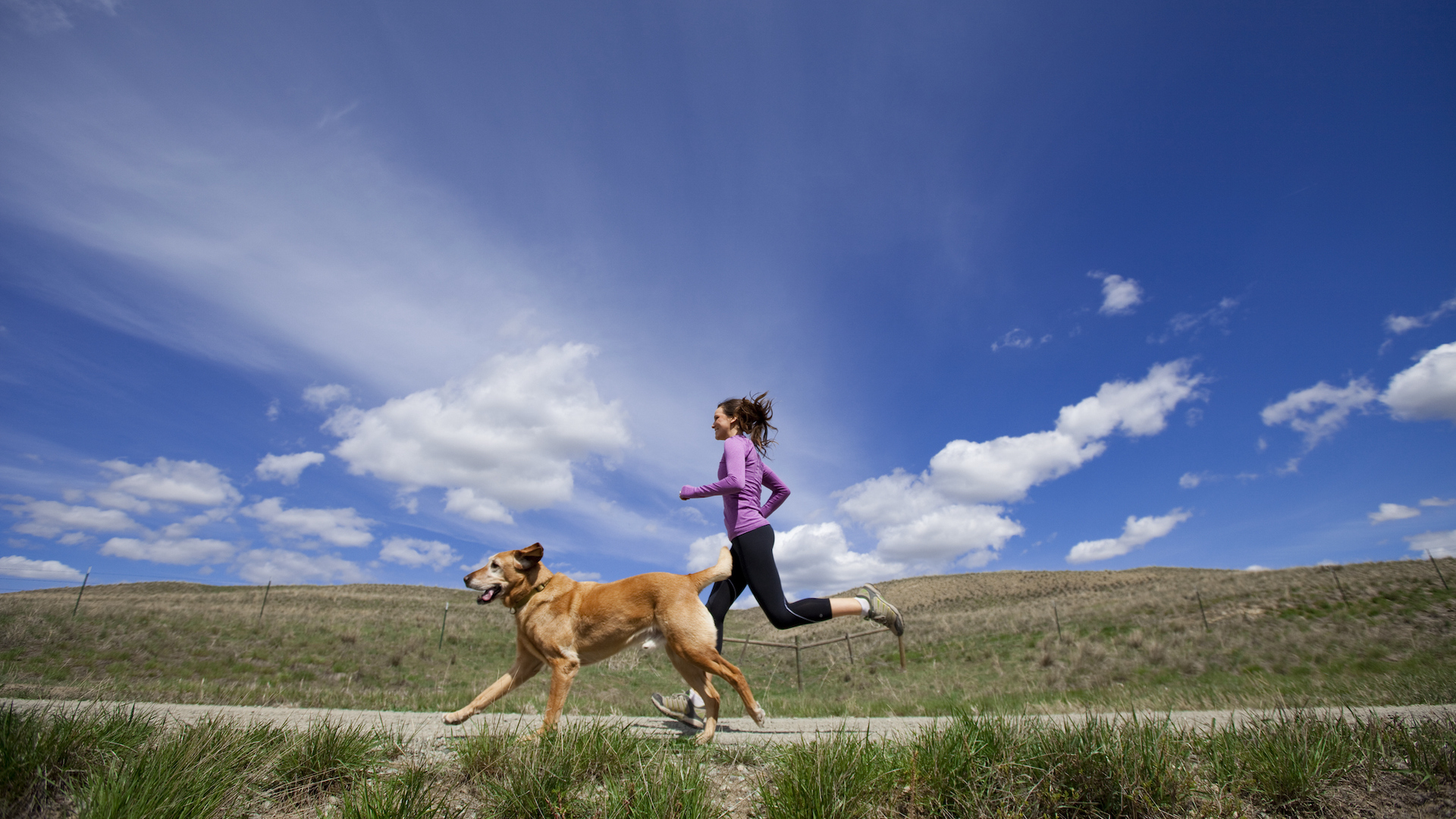
As most of us know, if we don’t plan to exercise, it usually does not happen! Likewise, with a new dog and routine, we need to factor in when we are able to exercise them regularly, so put it on your agenda. You need to be able to give your time and attention rather than it being an afterthought – it’s probably the highlight of your dog’s day!
28. Training regime
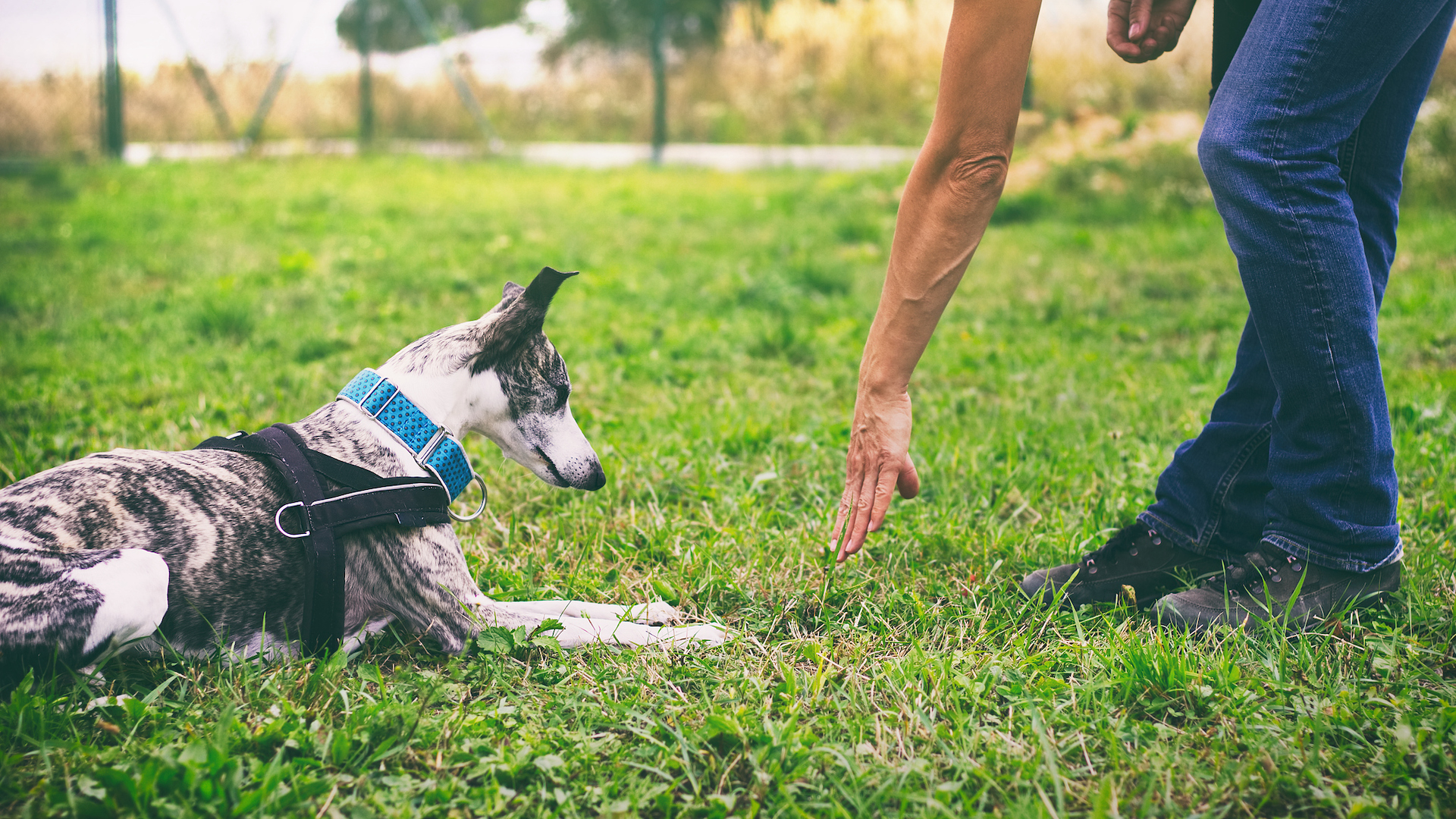
Don’t expect miracles when it comes to training if you aren’t prepared to put in the hard yards. As well as regular training sessions at home (keep them short and sweet, with enticing treats as positive rewards), don’t rule out professional training sessions. Rescue pets can be complicated to train, with their past baggage, and often an expert hand can be invaluable. Similarly, group training can be useful for socializing the pet with others, both human and animal, as well as getting used to traveling.
29. Separation anxiety
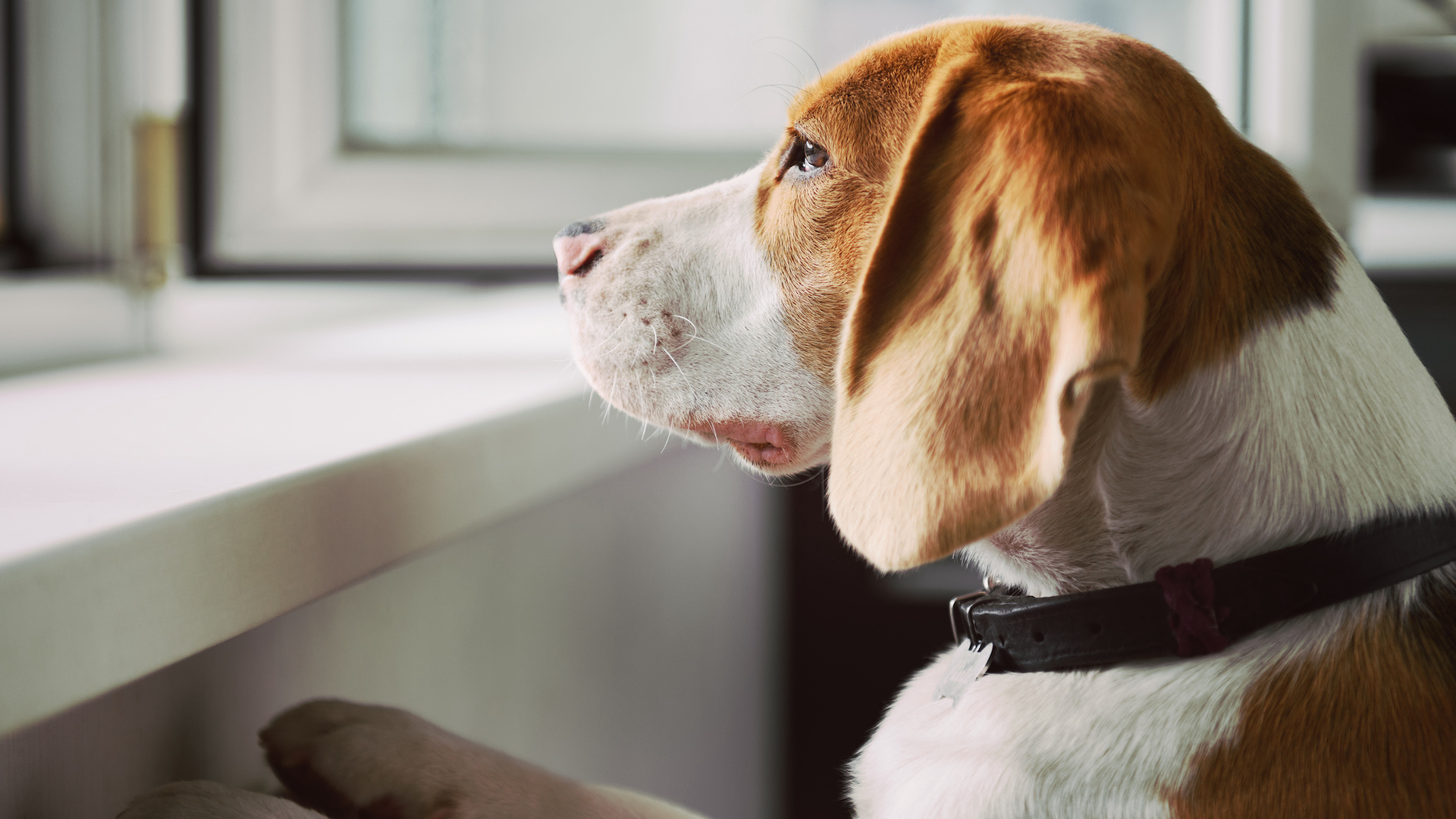
Separation anxiety is a common problem in dogs and cats, especially if you have one of the dog breeds most likely to suffer from separation anxiety or cat breeds most likely to suffer from separation anxiety.
Rescue pets who have already suffered neglect may be particularly prone. Be prepared that your rescue pet might show nervousness when left alone. Finally, they feel they have landed on their paws with a doting new human, who is largely present and attentive.
They may quickly develop a deep bond with you as they crave the reliability and comfort you can offer. But when you leave the house, even if just to go to the local store, panic can set in. Will my human come home? Have they gone forever?
Knowing how to reduce separation anxiety in dogs and how to calm a cat can also help you make your pet feel more secure.
30. Meeting other pets
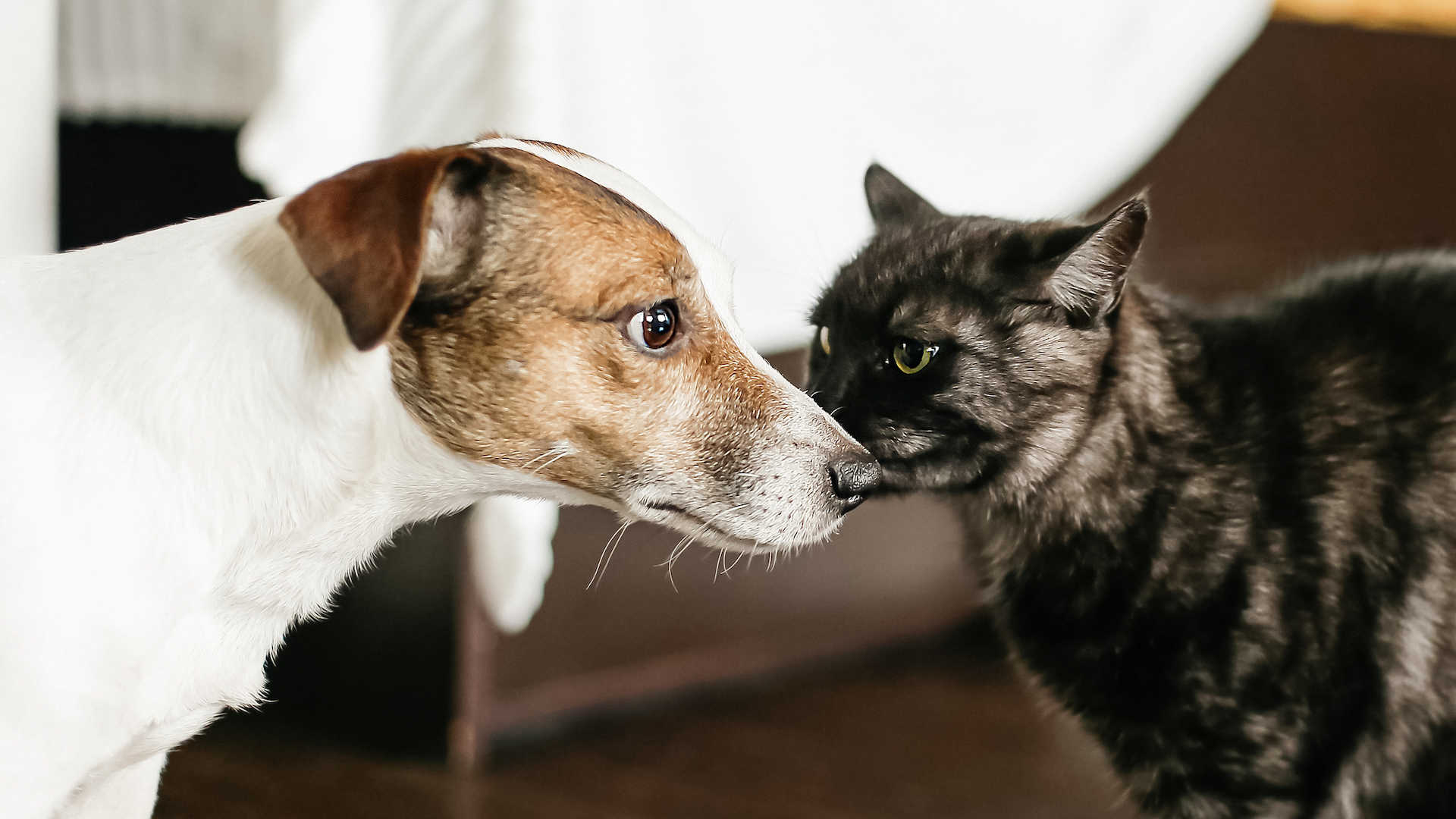
Many rescue pets join homes that already have other resident animals. Introduce the newcomer slowly and carefully to the incumbents of the household. Do not leave them alone together until you have observed them reacting to one another for some days. The pets who have been settled for a while may feel territorial about allowing a stranger in, while the newcomer may show fear, aggression and the need to fight for survival.
If you’ve got other pets at home, here’s some expert advice on how to introduce a new dog to other pets and advice on keeping the peace in a multi-pet household.
31. Keep a diary

Make a diary for the first three months after your rescue pet’s arrival. As well as being an interesting account to look back on, it will help you monitor their behavior, emotions, dietary likes and dislikes, habits, and so on – thereby helping you understand what is normal for them and track their progress.
32. Celebrate small wins
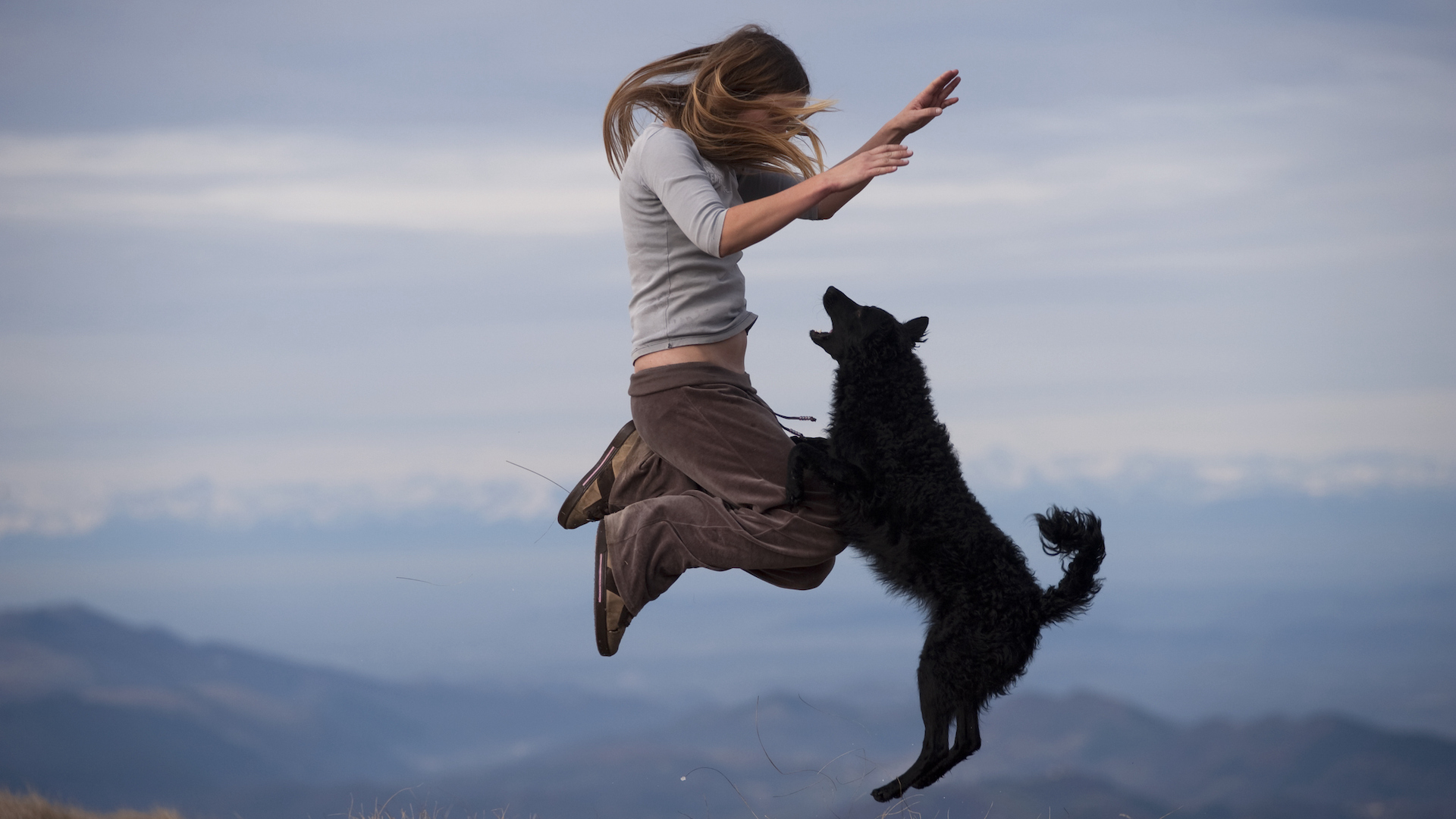
The journey of adopting a rescue pet is rarely smooth, but it is hugely rewarding. Celebrate the successes, because they’ll encourage you when you’re on a rocky road.
I adopted a Basenji who had been a stray on the streets, and I remember the first time she took food out of my hand – three weeks after living in my home – having been so timid. It was a major milestone and paved the way to a trusting relationship.
Read next: What to know about street dogs
Martha is an experienced journalist working in both print and digital media. She specializes in the canine, equine and rural sphere where she has covered a wide range of topics from cloning animals and the ingredients for a perfect yard dog, to helping owners find the best canine GPS trackers on the market. When she’s not busy writing about dogs and horses, she’ll be found either aboard a horse or looking after the menagerie of pets in her care.
